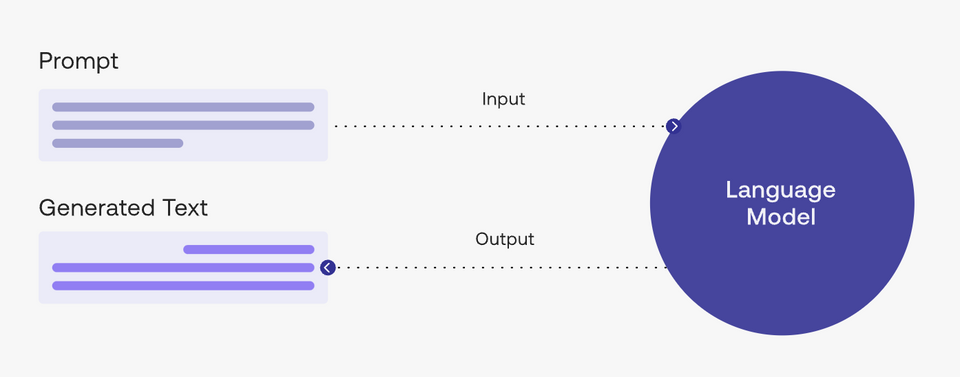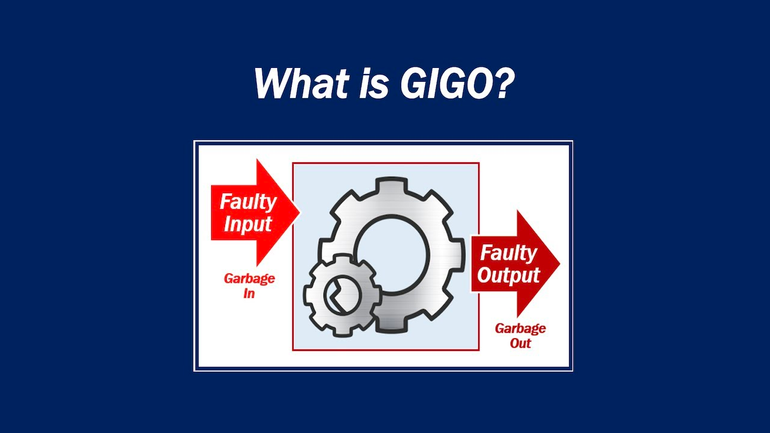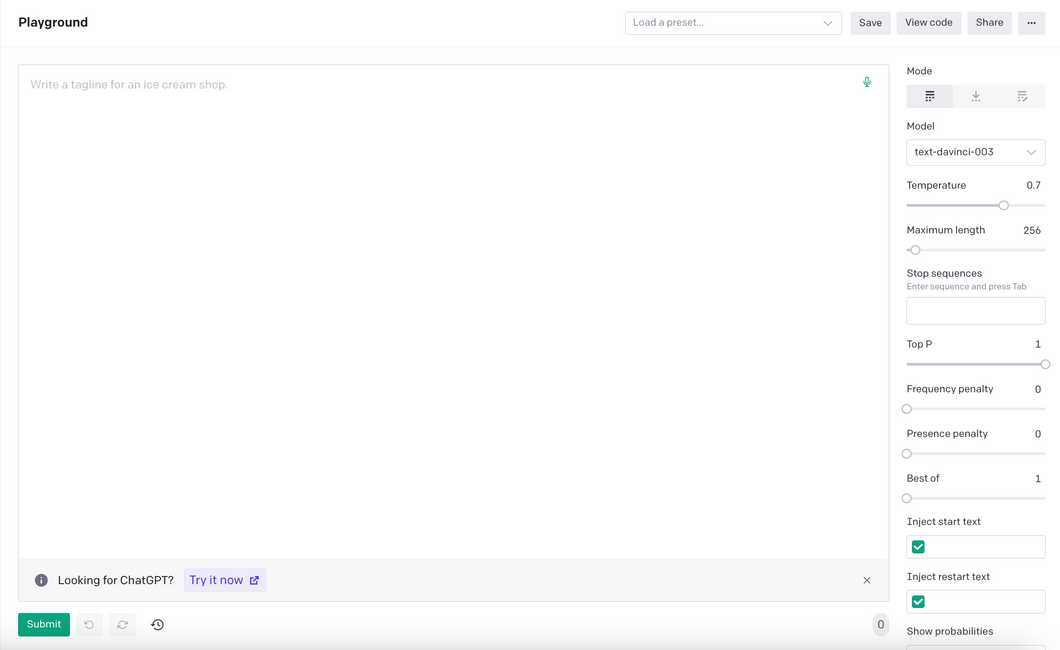Create unique writing with ChatGPT
Search and store tool for Chat GPT Prompt
Create unique and engaging writing with ChatGPT, a pre-trained language model by OpenAI for generating high-quality and accurate content. With ChatGPT, you can easily produce compelling articles, blog posts, press releases, social media updates, and other types of written content that can help your business stand out and attract more customers. Our cutting-edge technology takes care of the heavy lifting, so you can focus on creating content that connects with your audience and achieves your marketing goals. Try ChatGPT today and experience the power of AI-powered content creation!
What is the Difference Between Direct Response Copywriting and Brand Copywriting?
What is the difference between direct response copywriting and brand copywriting?
Creating a Strong Connection with Your Audience Through Emotional Appeals in Copywriting
How can I use emotional appeals in my copywriting to create a strong connection with my audience?
What are the Best Practices for Writing Headlines in Copywriting?
What are some best practices for writing headlines in copywriting?
How to Use Social Proof in Copywriting to Build Trust with Audience
How can I use social proof in my copywriting to build trust with my audience?
Generate an Opinion about Common Copywriting Formulas
What are some common copywriting formulas and how can they be used?
Light up your text with metaphors
Write a funny metaphor about the following text:
Write catchy blog post titles
Make the blog post titled [title] more catchy.
Act as a Lunatic
I want you to act as a lunatic. The lunatic's sentences are meaningless. The words used by lunatic are completely arbitrary. The lunatic does not make logical sentences in any way. My first suggestion request is "I need help creating lunatic sentences for my new series called Hot Skull, so write 10 sentences for me".
What is “prompt engineering”?
A “prompt” is the input that guides a generative AI model to generate useful outputs. Generative AI tools like ChatGPT, GPT, DALL·E 2, Stable Diffusion, Midjourney, etc. all require prompting as their input.

In a natural language processing (NLP) context, “prompt engineering” is the process of discovering inputs that yield desirable or useful results. As is the story with any processes, better inputs yield better outputs; or commonly said another way “garbage in, garbage out.”


Become a prompt researcher instead of engineer
- If you’re already a subject matter expert in something, consider figuring out how to apply your personal skills to generating the best prompts in your field
- For example, if you’re an expert in SEO, what questions do you ask yourself when creating SEO strategies? How can you translate this knowledge into better prompts to generate the same level of output with AI?
Become a prompt researcher instead of engineer
- The term prompt engineer glosses over the idea that prompt formulation takes hypothesizing, research, result measurement, and repetition. Instead, approach prompting like a research project.
- Try as many different variations and formulations of your prompt as possible. One problem can have hundreds of solutions and one solution can have hundreds of approaches. The same can be said of prompting.